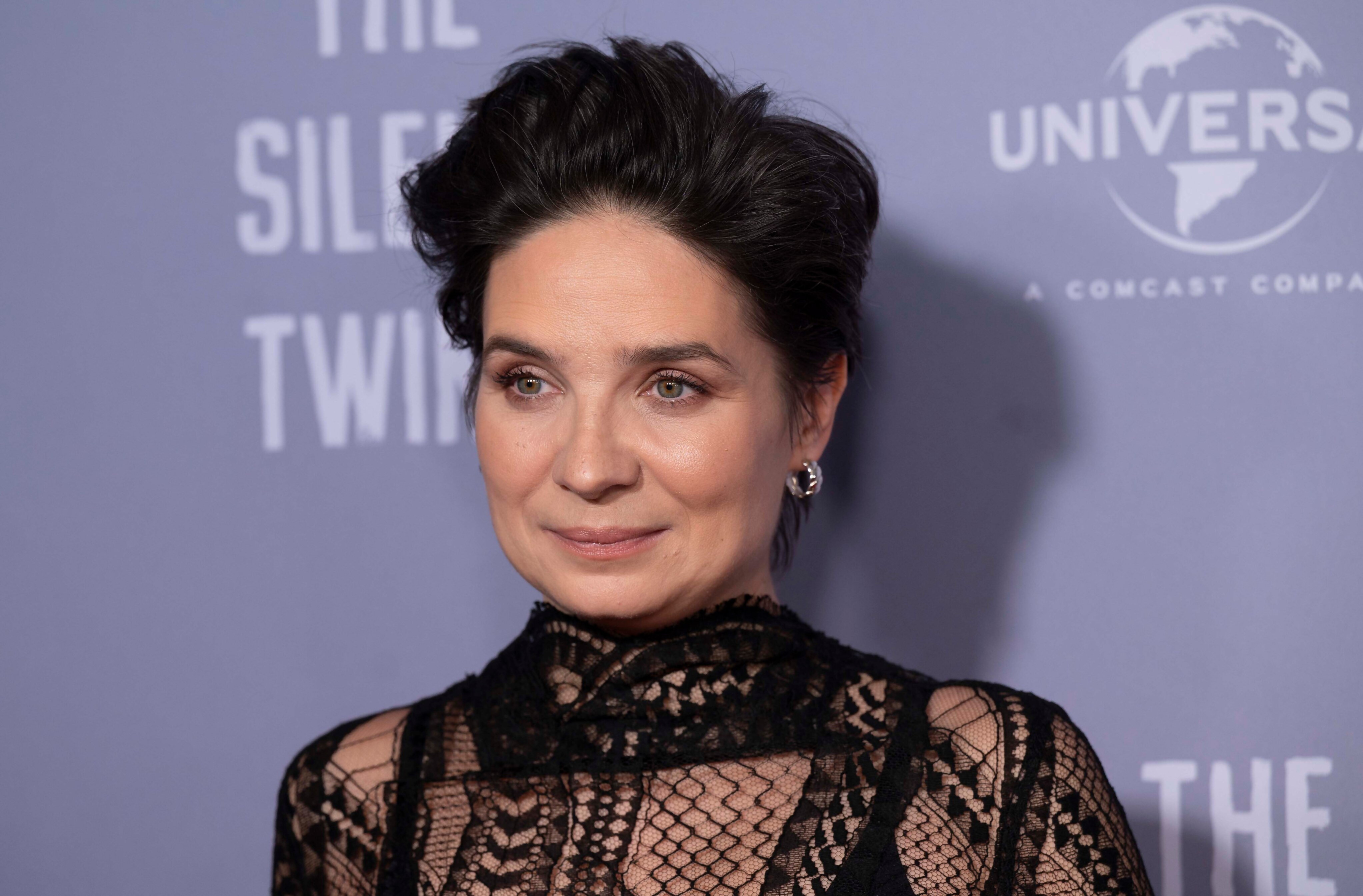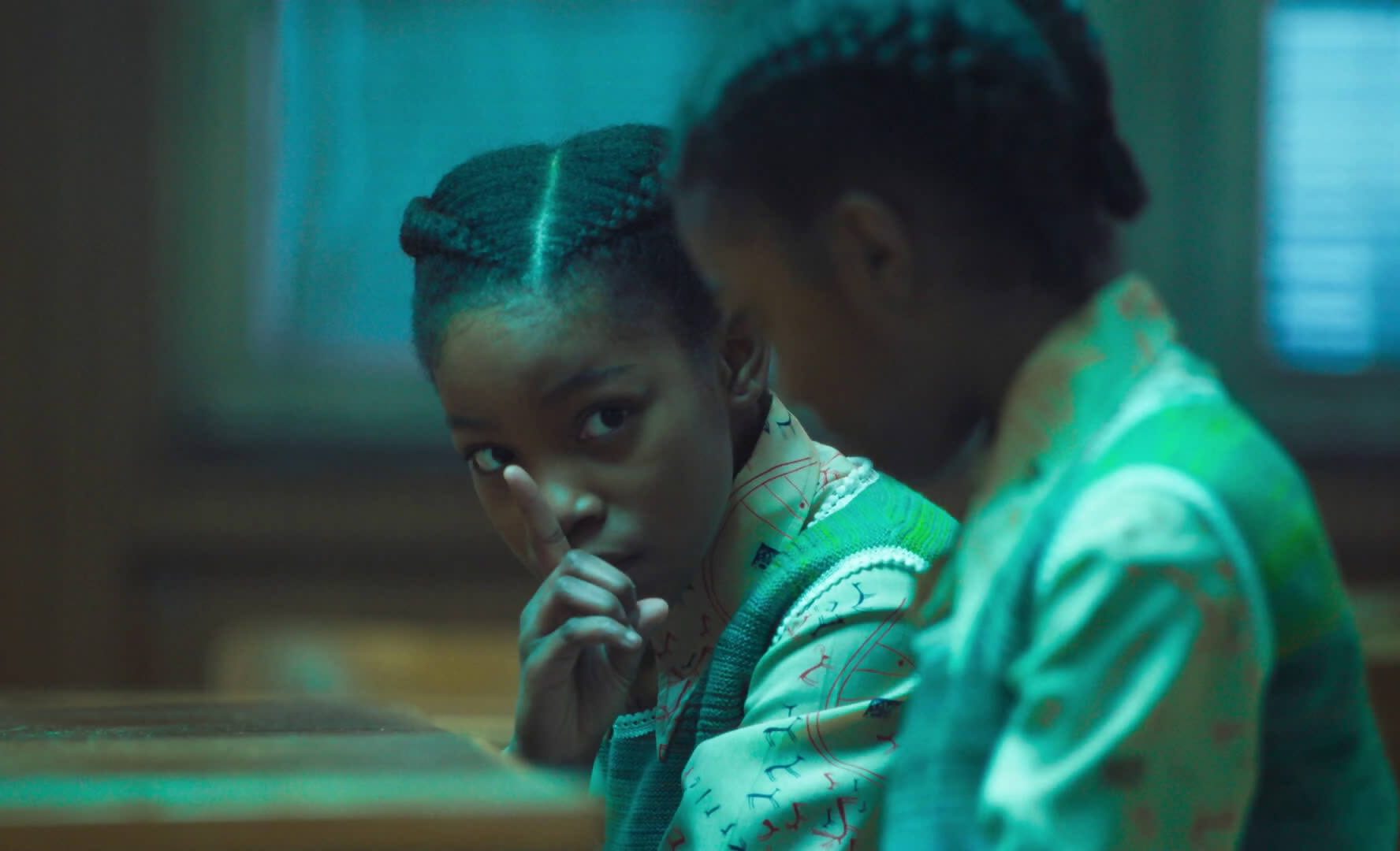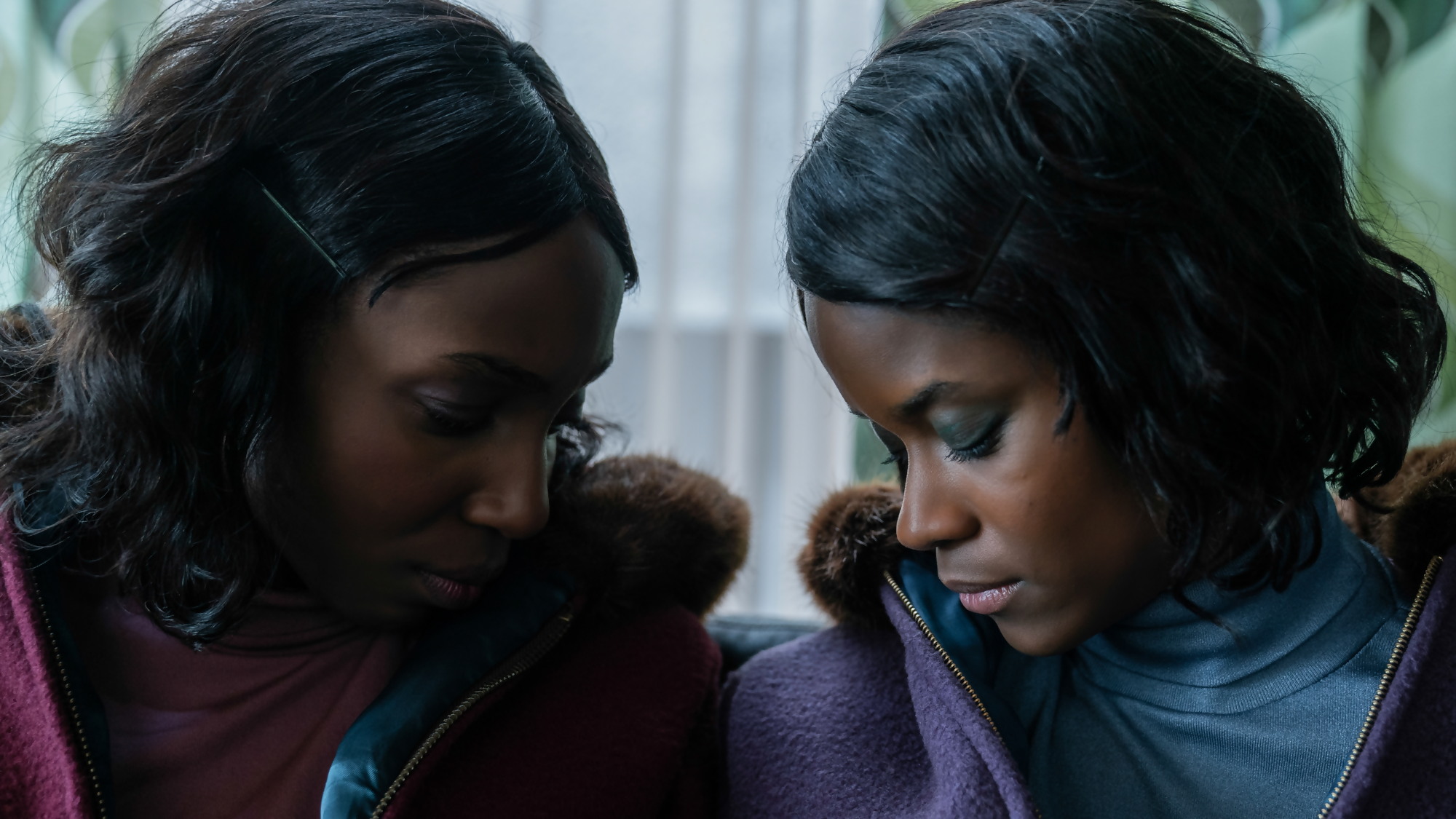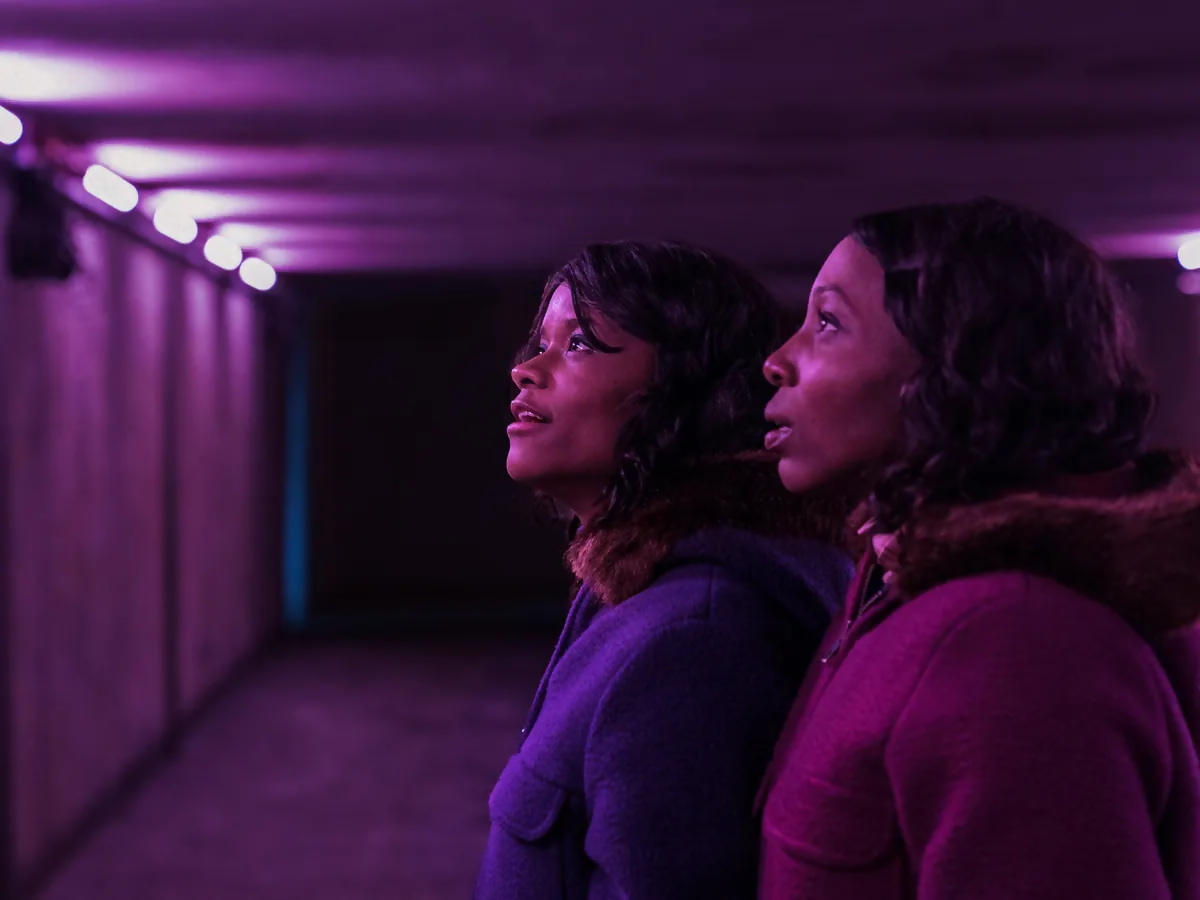
The Silent Twins, starring Letitia Wright and Tamara Lawrance, explores the complicated relationship between June and Jennifer Gibbons. We chatted to director Agnieszka Smoczyńska about discovering their works and bringing the twins justice through her film.
June and Jennifer Gibbons, also known as The Silent Twins, communicated mostly just with each other, but lived rich inner lives and wrote passionate, fantastical stories together. At 19, they were sent to Broadmoor Hospital, known for housing some of the most notorious, mentally ill criminals in Britain after they set fire to a store.
Black Panther -star Letitia Wright and Tamara Lawrance portray June and Jennifer respectively and recently won Best Joint Performance award at the British Independent Film Awards for their compelling performances.
We spoke to director Agnieszka Smoczyńska about discovering the sisters’ story and bringing it to the screen.
When did you first learn about the story of June and Jennifer Gibbons?
I got the script from American script writer, Andrea Seigel who wrote the script and had read Marjorie Wallace’s book. She was working on the script for many years because she was very interested in the Silent Twins, in Jennifer and June Gibbons. She watched my first movie The Lure and she decided to write to me because she felt that I was the best director for this kind of movie, that I can join the black humour and the melancholy and also because of my imagination.

Credit: Universal Pictures
The tone of the film can be quite challenging. Was that already in the script? Or was that something that you brought on?
It was in the script. And I think that’s what Andrea wanted to achieve. First, I read the book, written by Marjorie. I started to discover June and Jennifer, their works, what they wrote and their diaries. I remember that I was fascinated by the humour. I watched the BBC documentary and I read almost everything on the internet [about them] during this time. And what I liked about the script, is how the story was told. Andrea wanted to combine these completely different elements. And I think this combining of these elements… because the girls were very cruel to themselves, but they were also victims. I found this very emotional, this juxtaposition.
I was trying to explore their writing. And I started to look for images, I started to explore what kinds of paintings and images can inspire me. Then I gathered a group of people, my collaborators, my DoP, my composers, production designer, costume designer. We’re sitting together in one room, and we talked about them as human beings, as artists, as sisters. We were talking about exploring and discovering their bond. In the script, there were no stop-motion animations.
In films, usually, especially with female characters, we’re taught to use our voice, to speak up. Here it’s the opposite, silence is how they almost gain power.
It was a very interesting element, their silence was like a protest. And like you said that they gain power. It has many layers, because on one hand, they were not understood because of their speech impediment, but also, because of their accent. They were two Black girls growing up in Wales and they were talking very fast together. They decided not to say anything. It’s very interesting that silence can be heard.

Credit: Universal Pictures
How was your first experience making a film in a foreign language?
Before this movie, I did two episodes of The Warrior Nun, the series in English. [We made it] in Spain, but with English speaking actors. So it was like training for this. I realised that the difference is not huge, because I’m not a writer. I’m the director, I talk. If I don’t understand a word, I can check it with Google Translator. I follow the emotions.
How did you find Tamara and Letitia? Letitia is a big star, but Tamara is interesting, because I think she’s quite unknown for a bigger audience.
Letitia was already attached to the project. I met Letitia here in London, I saw her in The Convert. We met and then we started to look for her sister. Carmen Coltrane, the casting director who was also nominated at the BIFAs, knew the book. And she said, ‘this is Tamara’. And I remember when I, for the first time, saw Tamara, she was so powerful, so intense and so calm, focused. She was my choice from the beginning.
Their dynamic and their relationship, it has to be so intimate, almost private, even to the audience. How did you work on that relationship?
With Letitia and Tamara, we started from the reading off the script, then during the pandemic, we met every day for two, three hours reading the book and we worked on the characters. Letitia and Tamara decided to live together for a couple of days, here in London, as sisters. We knew, like you said, this bond and this relationship was very specific, it’s very intimate. When you have a sibling, a brother or a sister, you cross lines. You can shout at them, you can hit them. And they had to cross this line. And because they are very good actresses, they knew that they had to be closer as friends also, they were very devoted.

Credit: Universal Pictures
How did you approach the mental health aspects of it?
We knew that we didn’t want to show… you say mental aspect, but disease. They were very sensitive, very shy and in a very complex relationship, like a love-hate relationship, toxic one, even. I didn’t want to show them as sick, because I don’t think they were sick. They were diagnosed in Broadmoor, and they were on heavy drugs like Depixol, drugs against schizophrenia. Because they didn’t communicate, they were diagnosed with one of the psychopathic disorders. And I think it was totally misunderstood. For me this is the picture of systemic racism. They were the youngest patients in Broadmoor, they were 19.
Did you want to bring justice to them through this?
Yes, I wanted to bring them justice. Exactly.
And the race element as well, because it is a huge part of their story. Were you careful to approach that?
You can portray racism in many ways. You can portray the racism via how the system treated them, how people treated them. This is not only about racism, this is about response and it’s about the consequences of racism. What was very important, for me, was the relationship and the dynamic in the relationship. First they were closed in their own room, then they were closed in Broadmoor, and they realised that one of them had to set the other one free, they knew that one of them had to pass away.
Were you able to contact June at all?
She gave us her blessing, she loved the movie.
The Silent Twins is in cinemas 9 December.


